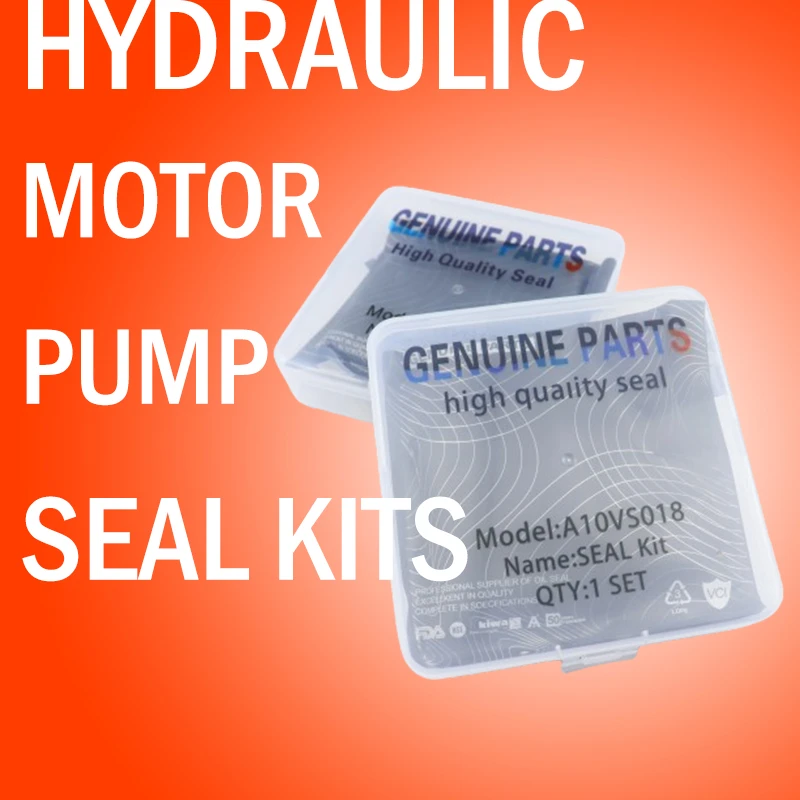9 月 . 12, 2024 12:43 Back to list
High-Performance Hydraulic Seals for Reliable Industrial Applications
Understanding Hydraulic Seals Importance and Applications
Hydraulic seals are critical components in hydraulic systems, ensuring efficiency and reliability in various applications. These seals are designed to prevent fluid leakage, allowing hydraulic machinery to operate smoothly and effectively. They serve multiple purposes, including maintaining pressure, preventing contamination, and reducing friction between moving parts.
Hydraulic seals come in a variety of shapes and materials, each tailored to specific applications and operational environments. Common materials used for manufacturing hydraulic seals include rubber, polyurethane, and composite materials, each providing unique advantages such as resistance to abrasion, temperature fluctuations, and chemical exposure. The choice of material largely depends on the required durability, flexibility, and compatibility with the hydraulic fluid being used.
One of the most common types of hydraulic seals is the O-ring, which is often used in static and dynamic sealing applications
. O-rings offer a simple yet effective sealing solution, creating a seal when compressed between two surfaces, thus preventing fluid leakage. Another widely used seal is the lip seal, which is designed specifically for dynamic applications, providing a reliable barrier against fluid loss while allowing for the movement of components.hydraulic seal

The importance of hydraulic seals cannot be overstated. In industries such as manufacturing, construction, and automotive, hydraulic systems play a vital role in the operation of machinery and equipment. A failure or leakage in these seals can lead to reduced efficiency, increased wear and tear, and, ultimately, costly downtime. Therefore, regular maintenance and inspection of hydraulic seals are crucial to ensure their integrity and functionality.
Moreover, advancements in seal technology have led to the development of more efficient and durable sealing solutions. Manufacturers are continually researching and innovating to produce hydraulic seals that can withstand extreme conditions, such as high pressures and temperatures, as well as exposure to harsh chemicals. This ongoing innovation is critical as industries evolve and demand more reliable and robust hydraulic systems.
In conclusion, hydraulic seals are essential for the proper functioning of hydraulic systems across various industries. Their role in preventing fluid leakage and maintaining system integrity makes them an invaluable component in machinery and equipment. Understanding the types and functions of hydraulic seals can help operators and maintenance teams keep their systems running efficiently and effectively, minimizing downtime and reducing operational costs.
-
The Power of Advanced Sealing: High-Pressure Solutions for Modern Machinery
NewsOct.29,2024
-
Optimizing Machinery with High-Performance Oil Seals
NewsOct.29,2024
-
Maximizing Machinery Efficiency with Advanced Oil Seals
NewsOct.29,2024
-
Ensuring Equipment Longevity with Quality Oil Seals
NewsOct.29,2024
-
Enhance Equipment Performance with Quality Oil Seals
NewsOct.29,2024
-
Custom Oil Seals for Specialized Machinery Needs
NewsOct.29,2024
-
The Role of Wiper Seals in Dust Sealing and Oil Protection
NewsOct.20,2024
Products categories
















